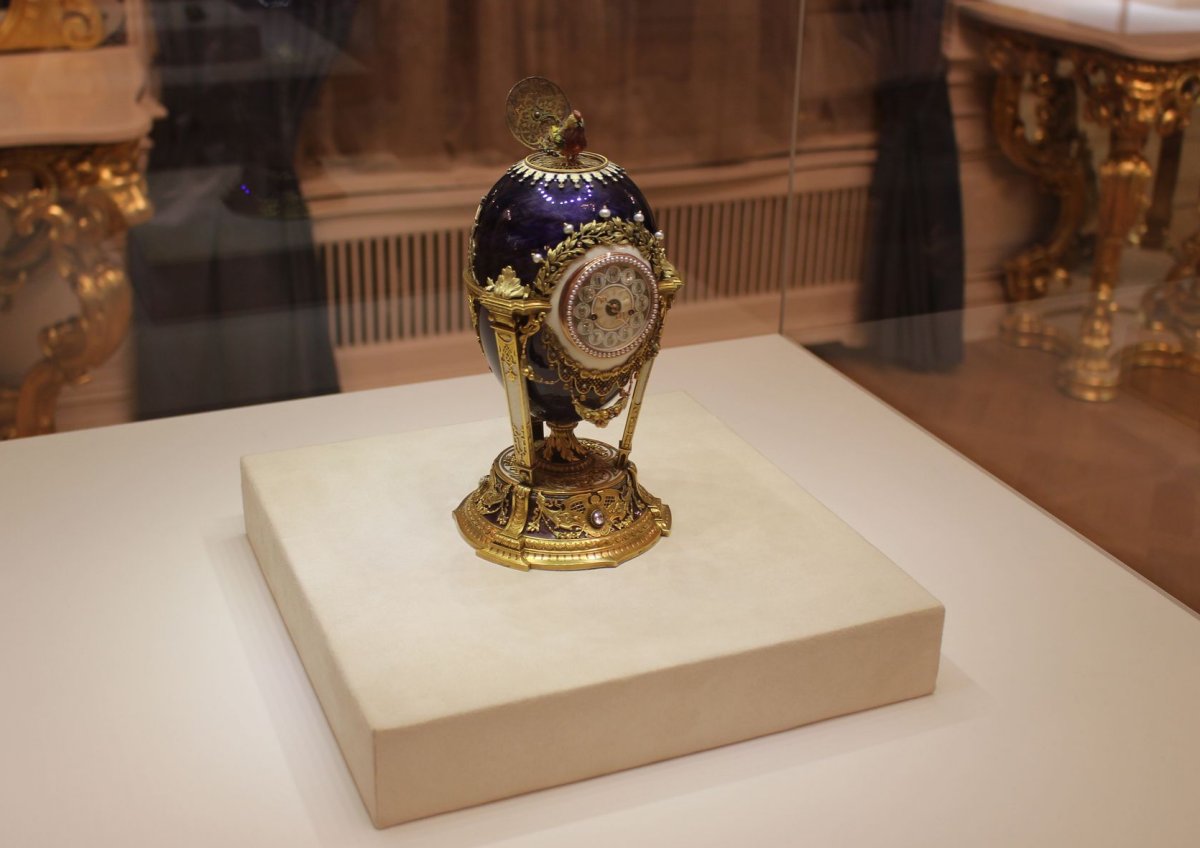
Today at Hidden Gems, I’m bringing you the story of the unique royal Easter celebrations of 1900 in Denmark, as well as the imperial Easter egg gift that was waiting for Empress Marie Feodorovna on her return to Russia. As a bonus, I’ve also got more Fabergé egg content for you to enjoy!
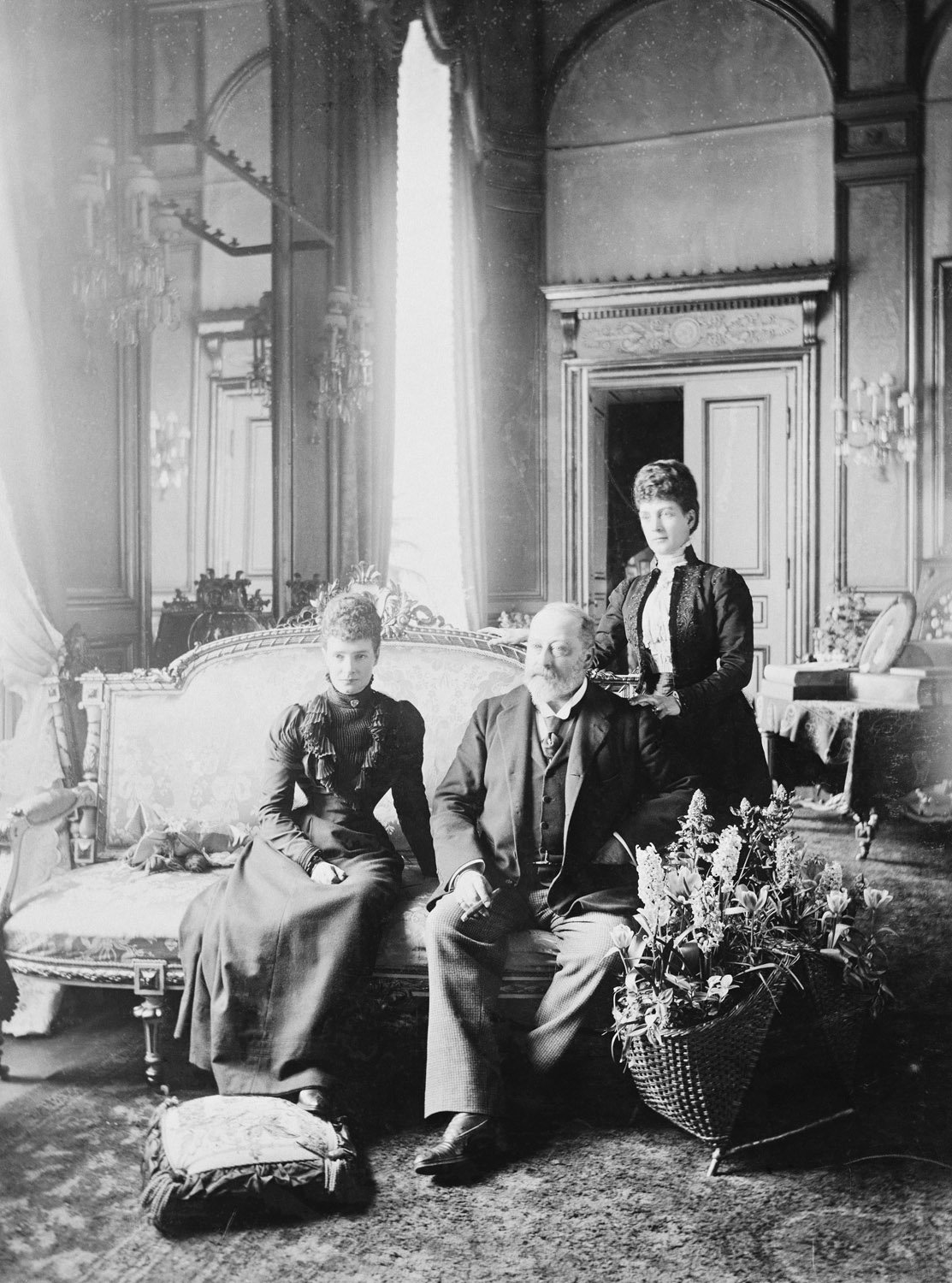
A Royal Birth, an Imperial Egg, and an Assassination Attempt: The Royal Easter of 1900
[Hidden Gems Exclusive]
Almost exactly 125 years ago this weekend, King Christian IX of Denmark summoned his children and grandchildren to Copenhagen for an April full of celebrations, marking both his birthday and the Easter holidays. The story unfolds today as two of his family members narrowly escape an assassin’s bullet, another gives birth to a new great-grandchild, and yet another receives a traditional holiday gift on her return home.
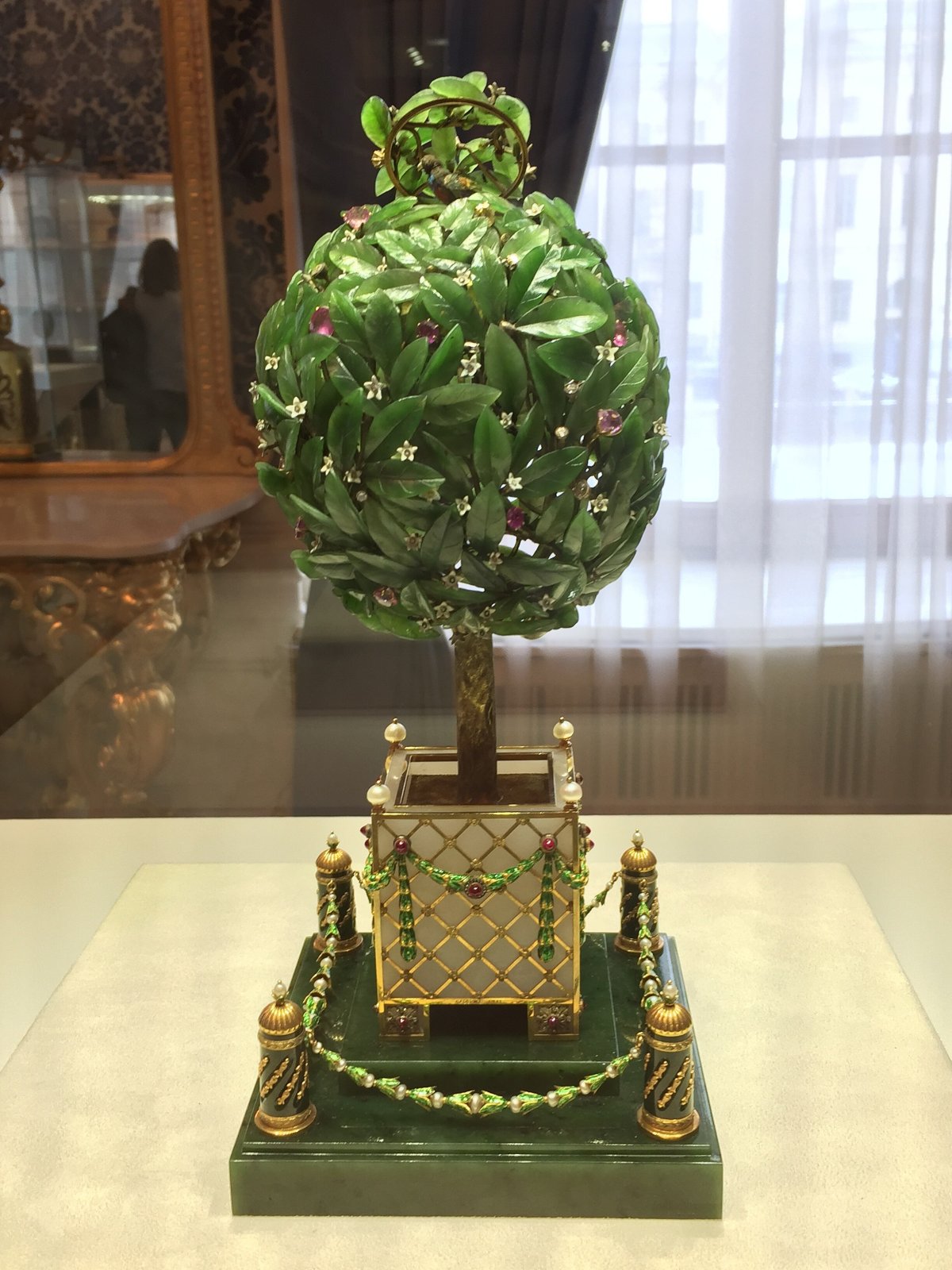
Most of the jewels we focus on here on the blog are wearable pieces of art, but in imperial Russia, some of the most fabulous bejeweled pieces were objects—more specifically, Fabergé eggs. The presentation of jewel-encrusted eggs was an Easter tradition for the last two Russian emperors. Today we’re looking at one of my very favorite imperial Easter eggs: the Bay Leaf Egg.
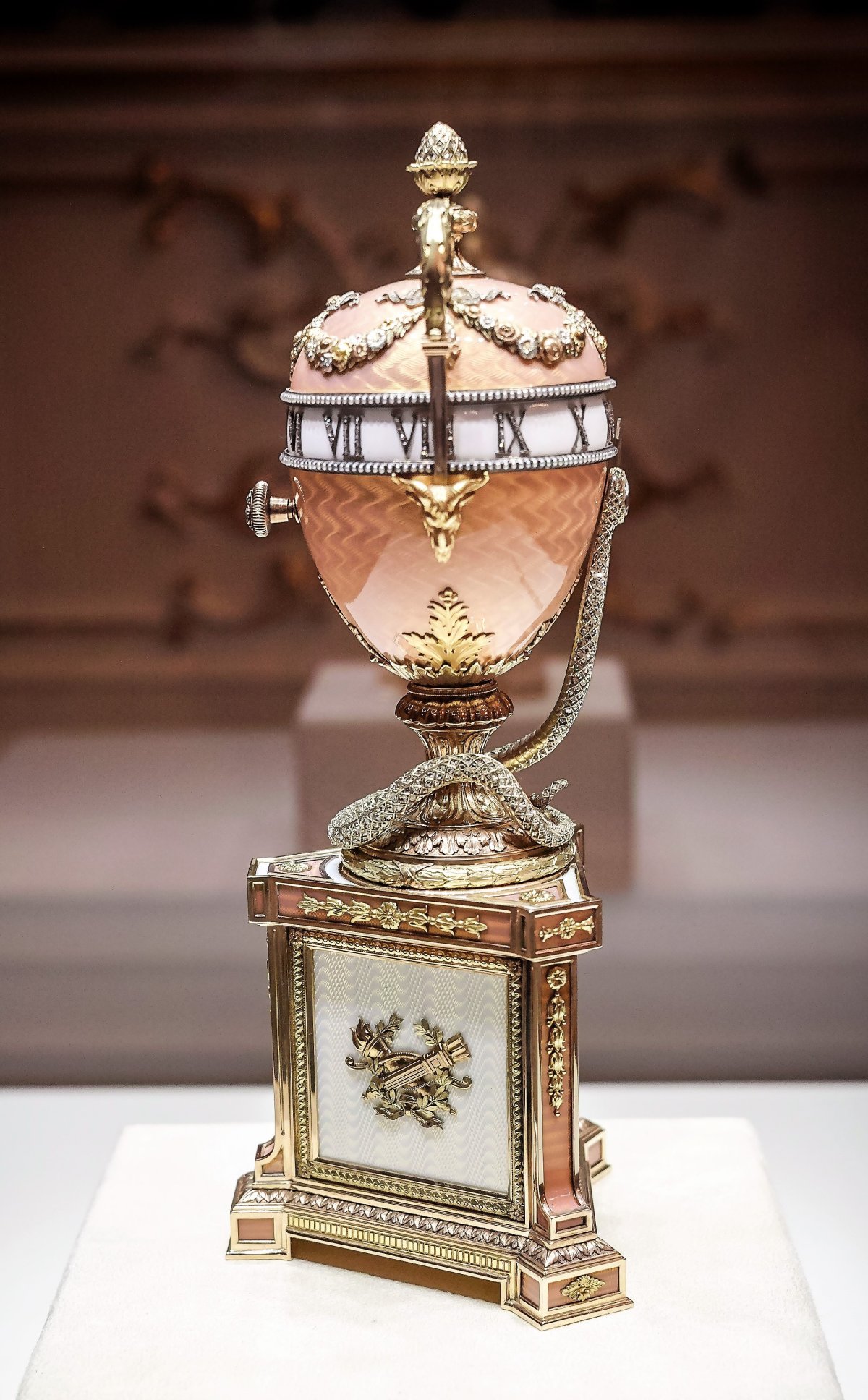
The Duchess of Marlborough Egg
We’re looking today at an unusual example from Fabergé’s series of incredible bejeweled Easter eggs. While most of the eggs were made for the Romanovs, this particular egg was commissioned by an American—and remained in American hands for a century.
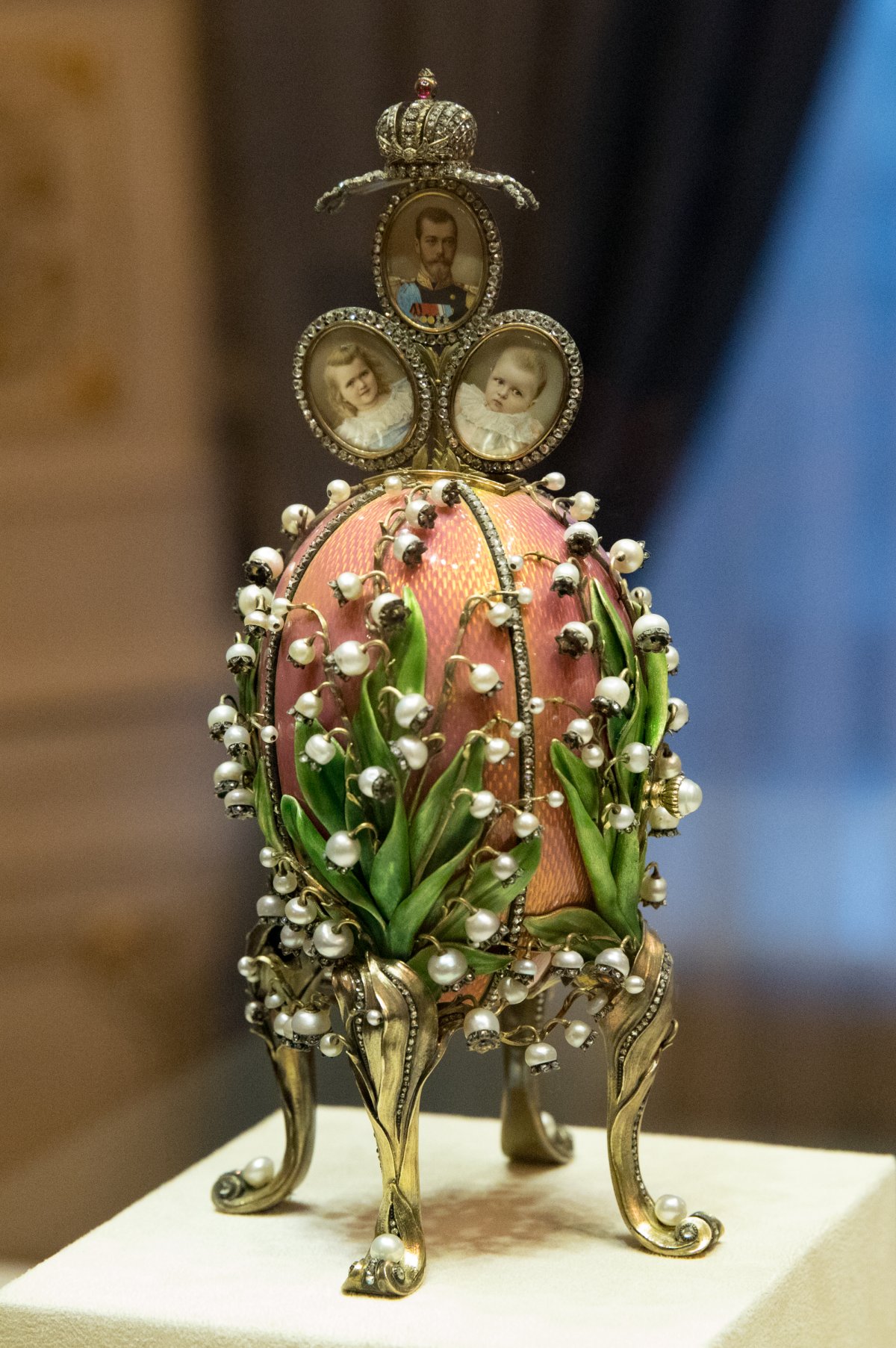
Fabergé’s Magnificent Lilies of the Valley Easter Egg
In April 1898, Emperor Nicholas II of Russia celebrated Orthodox Easter by presenting his wife, Empress Alexandra Feodorovna, with a beautiful bejeweled Easter egg. He was continuing a tradition started by his father, the late Emperor Alexander III. Every Easter, Nicholas gave bejeweled eggs to his wife and his mother. The treasures were made for the imperial family by the artists at Fabergé.
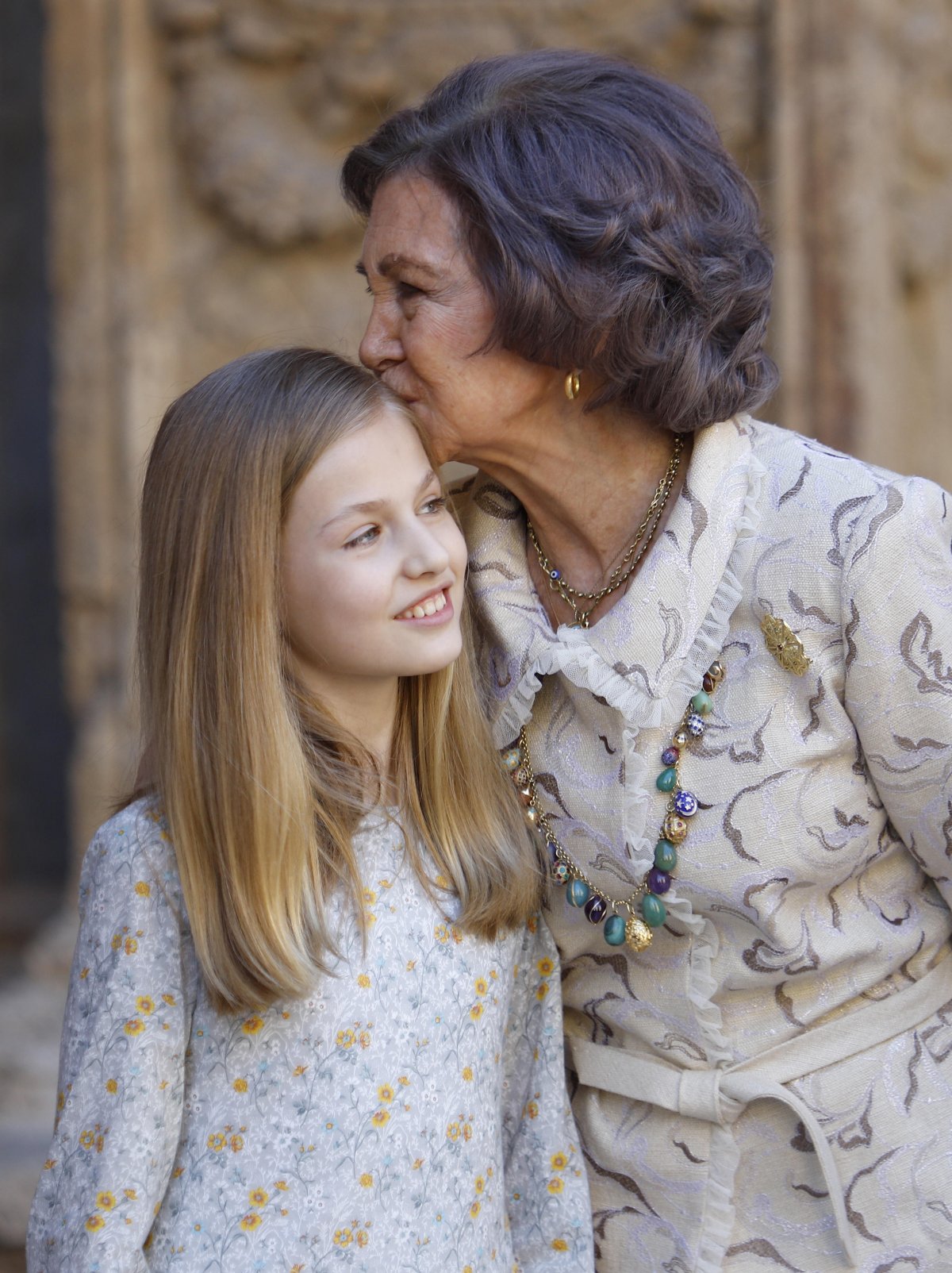
Queen Sofia’s Incredible Bejeweled Easter Eggs
As dedicated readers will know, royals from Greek and Russian Orthodox families have often owned jewels and art objects made to resemble elaborate eggs. In particular, Fabergé has produced eggs in various sizes for royals for more than a century. These include both small pendants and larger bejeweled eggs.
Leave a Reply
You must be logged in to post a comment.